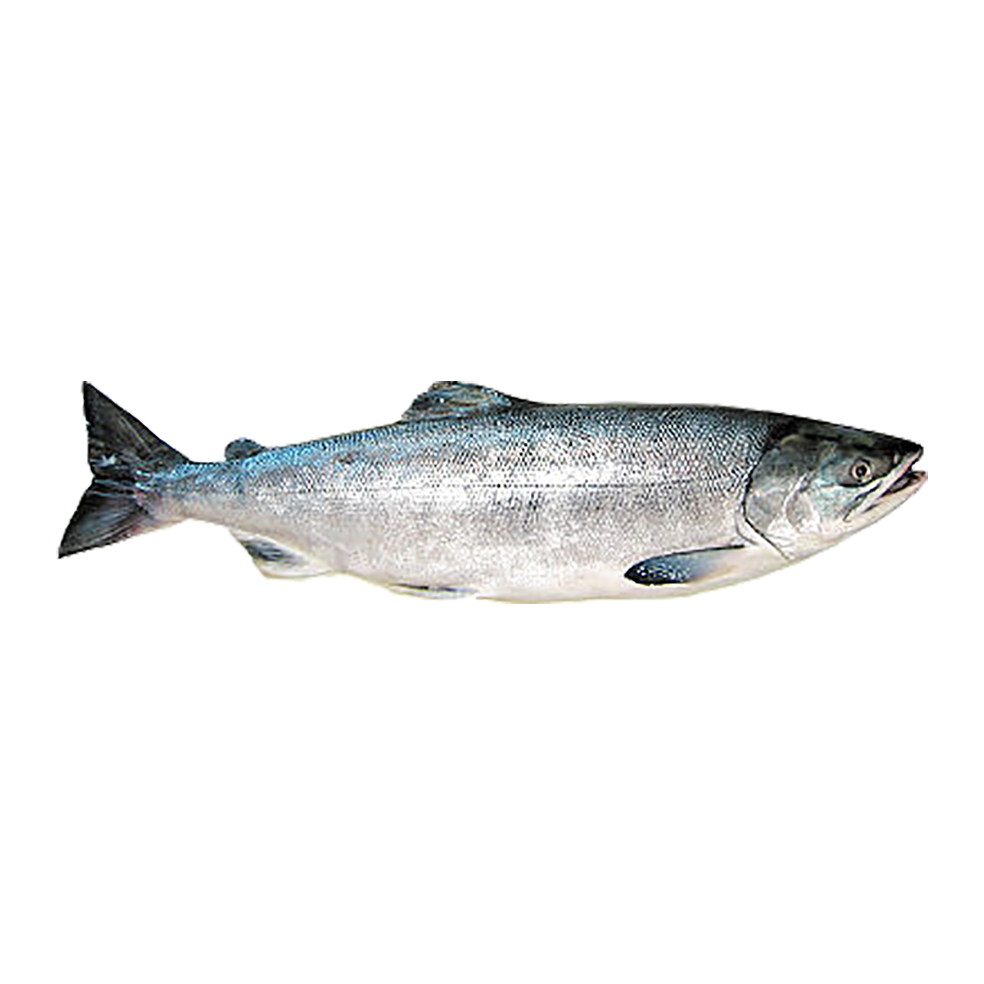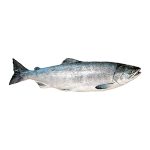Description
Catching methods
Trawls, hooks
Catch areas
Japan, USA, Russia, Canada
Brief description
Chum salmon (Oncorhynchus keta) also known as Keta Salmon, is referred to (Salmonidae) family. It is common alongside Alaskan coast as well as in North Pacific, from Bering strait in North to the Korean waters in South, and in Arctic ocean from McKenzie and Anderson rivers in Canada in East to Lena river in West. Chum salmon is the second largest of Pacific salmonids species. Chum salmon have an ocean coloration of silvery blue green with some indistinct spotting in a darker shade, and a rather paler belly. Interesting fact is, that Chum salmon smolts spend maximum couple of weeks in the freshwater, before migrating to Ocean. Common commercial size of chum salmon is 30-70 cm at weight of 2-6 kg. Chum salmon is the second most important Pacific salmon species in volume and is especially valued in Japan. Japan accounts for about two thirds of the world’s consumption of the species. Chum salmon is a premium fish excellent for eating and smoking, the roe is also extremely valuable. The planned catch for 2014 exceeds 300 000 tonnes.
Product form
WR/HG, IQF, 22 kg master boxes or 500 kg totes.
Fillets, IQF, skin on or skin off, 25 kg master boxes
Size grading
HG, WR 2-4 / 4-6 / 6+ kg
Fillets 500-1000 / 1000-15000 gr













